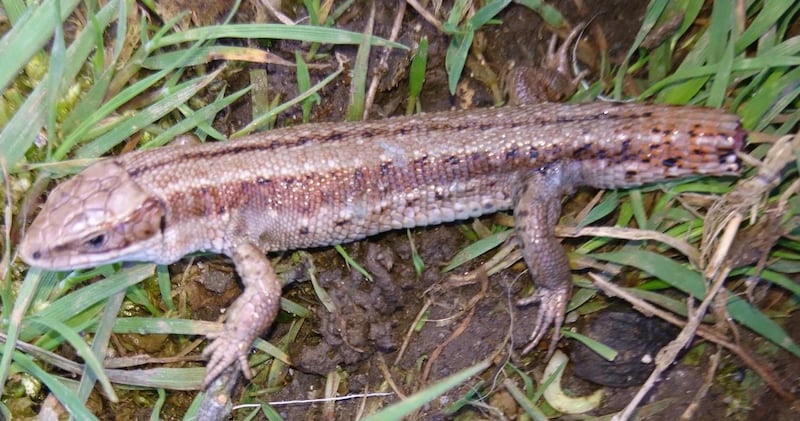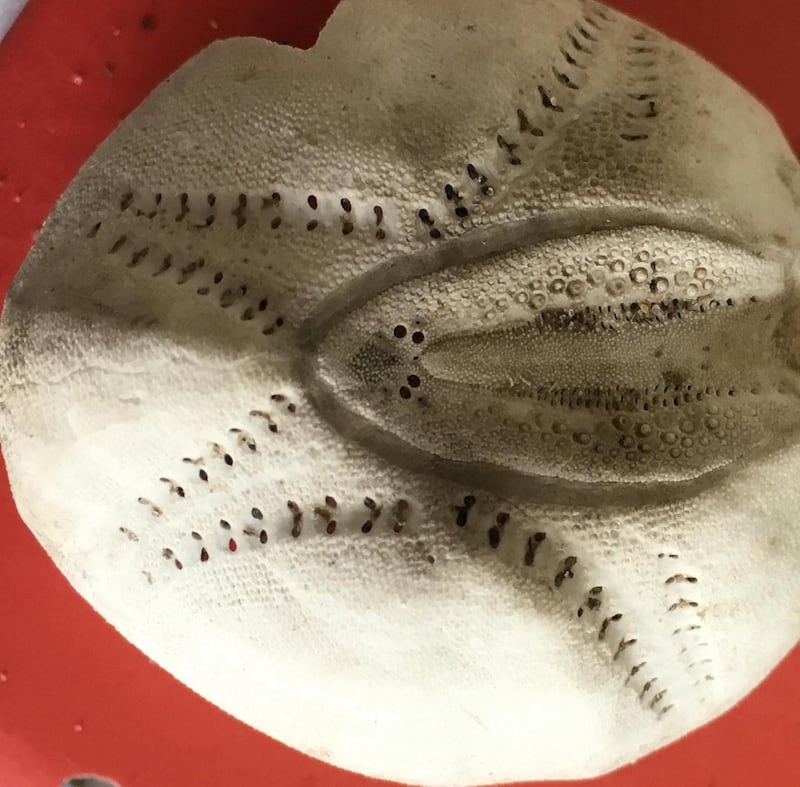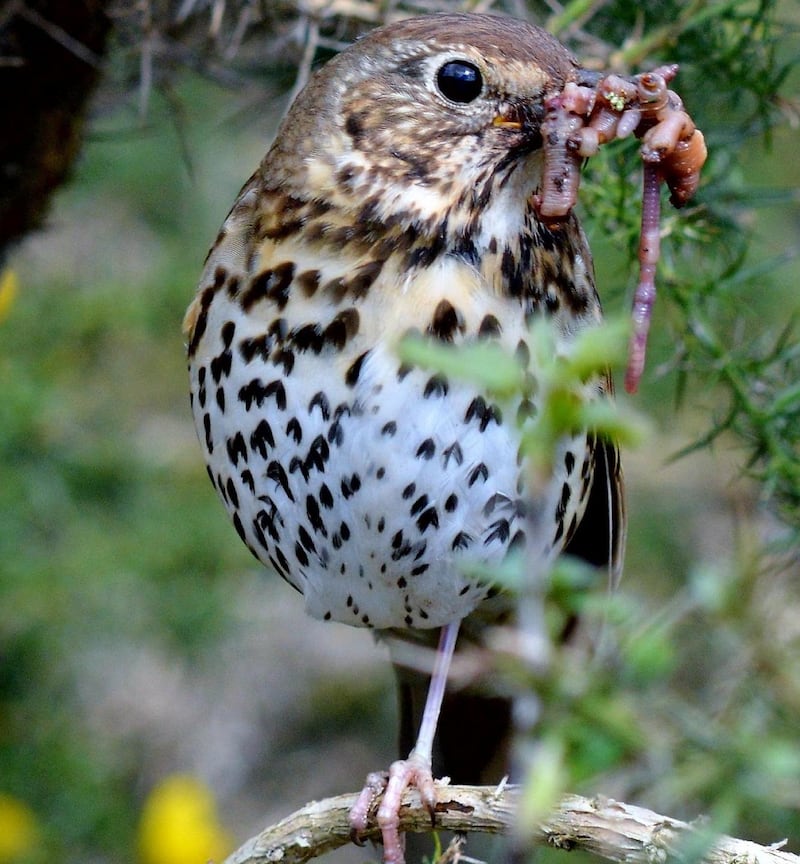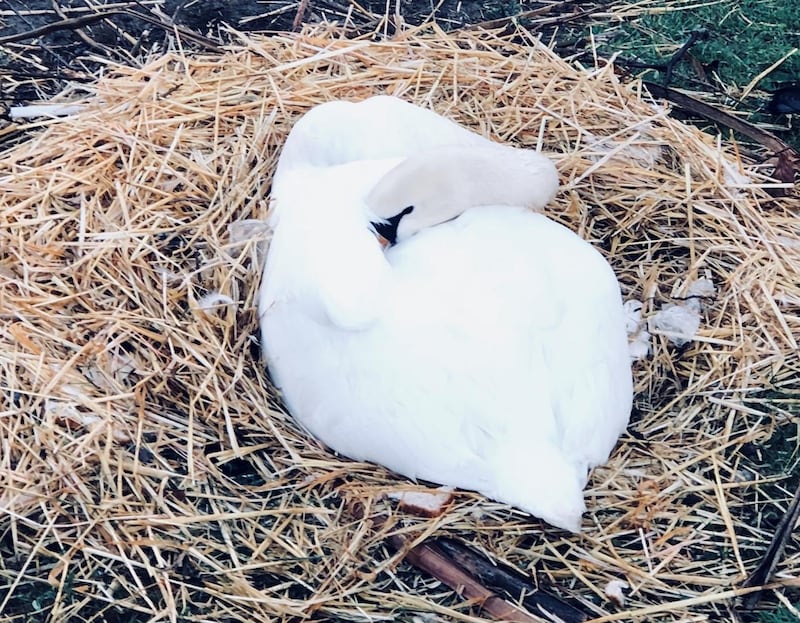I was lucky to photograph this heron on the Grand Canal in Portobello, in Dublin. It walked out of the rushes holding a struggling rat in its beak and flew to the other bank, waited for the rat to stop struggling, then swallowed it whole. Local pest control. – Rory Harte, Harold's Cross, Dublin 6

I found this live lizard, which had lost its tail. What are its natural enemies – and will it regrow its tail? – Frank Folan, Ballyvaughan, Co Clare
The viviparous lizard can regrow a limb or its tail. Fish, ducks, herons and kingfishers all eat newts.

I found this very soft shell on the beach in Castlegregory. – John O Shea, Ventry, Co Kerry
It is a potato urchin, which is normally covered with short spines. They live in the sand from the lower shore out to deep water.
My daughter Amelia found a multiple-headed daisy in the grounds of her school. How can this happen? – Anne Golden, Glenageary, Dublin
This is a phenomenon called fasciation, caused by damage to the growing point. It can be caused by genetic mutation, viral or bacterial infections, or environmental factors such as fungi, insect attack or exposure to chemicals.

This well-stocked thrush was spotted on the banks of the Slaney in Enniscorthy, in Co Wexford. – Larry Dunne, Rosslare Harbour, Co Wexford

Birds build nests in strange places: Frank Folan, in Ballyvaughan, has one in a teapot; Ellen Crushell found a robin’s nest with eggs in her son’s bike helmet; Micheál O’Faharta has a wren’s nest in a hanging coil of rope. But Ronan Copeland, of Sandymount, saw this swan’s nest in the right place on the banks of the Dodder.
Ethna Viney welcomes observations and photographs at Thallabawn, Louisburgh, Co Mayo, F28 F978, or by email at viney@anu.ie. Please include a postal address







